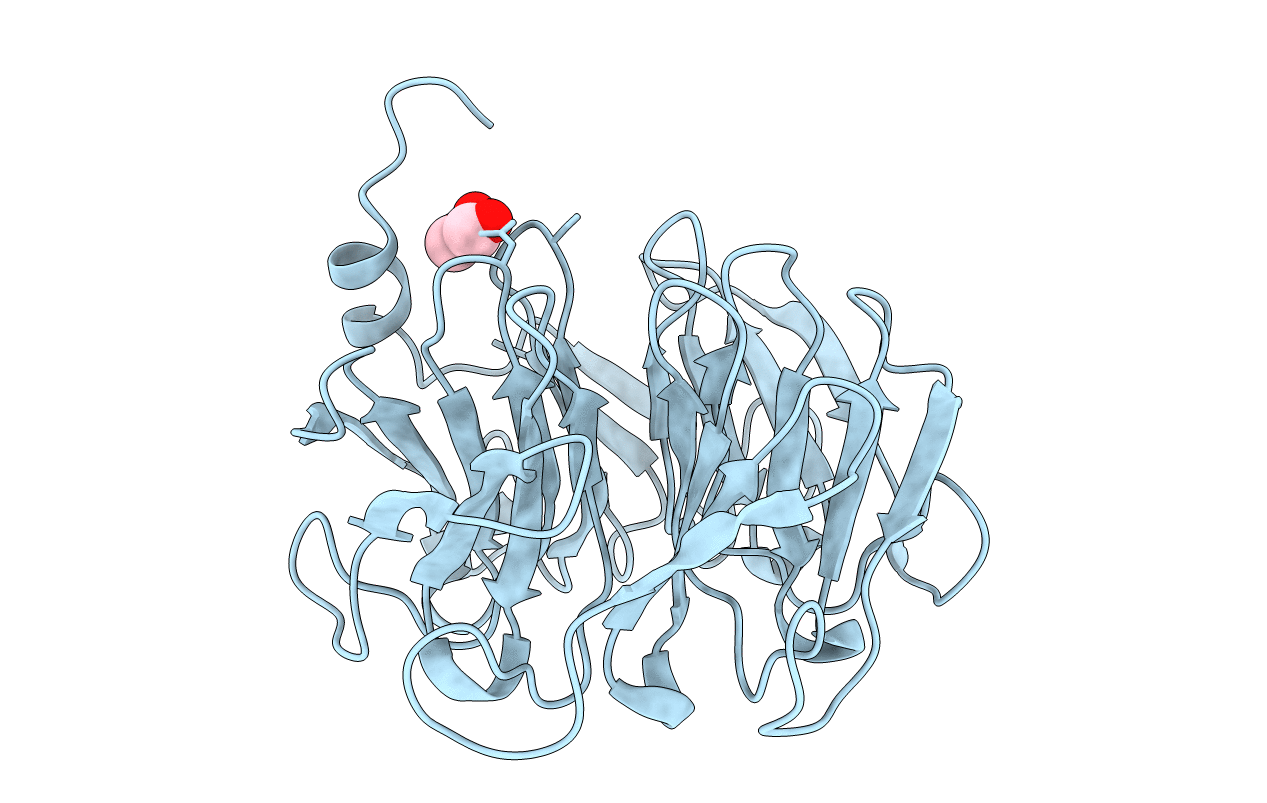
Deposition Date
2018-04-20
Release Date
2019-04-24
Last Version Date
2023-10-04
Entry Detail
PDB ID:
6D69
Keywords:
Title:
Crystal Structure of the NHL Repeat Region of D. melanogaster Thin
Biological Source:
Source Organism:
Drosophila melanogaster (Taxon ID: 7227)
Host Organism:
Method Details:
Experimental Method:
Resolution:
2.60 Å
R-Value Free:
0.21
R-Value Work:
0.18
R-Value Observed:
0.18
Space Group:
P 65


